- Our Products
- Upper Extremity
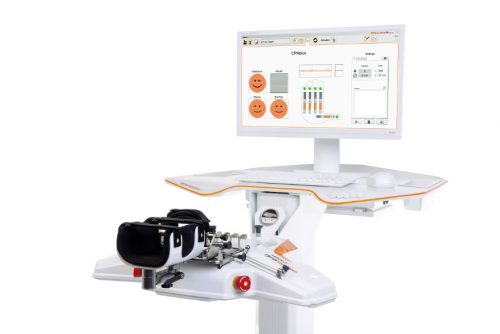 Amadeo Finger-Hand-Rehabilitation
Amadeo Finger-Hand-Rehabilitation
Amadeo is giving hands back their grip and fingers their finesse. Patients who are barely able or unable to grasp can perform hundreds of robot-assisted grasping movements. It won’t train a new Mozart. But it will help patients return to the piano, handwriting Christmas cards, and grabbing life firmly by the horns.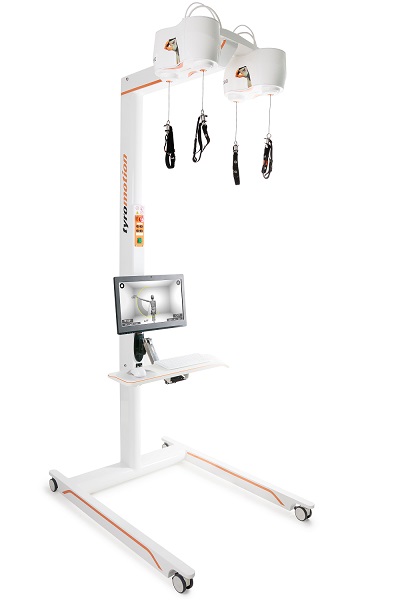 DiegoShoulder-Arm-Rehabiliation
DiegoShoulder-Arm-Rehabiliation
Diego is designed to strengthen what’s important. Whether proximal or distal training, Diego purposefully supports the rehabilitation of natural motion, allows the handling of everyday objects to be relearned, and is usable by adults and children alike.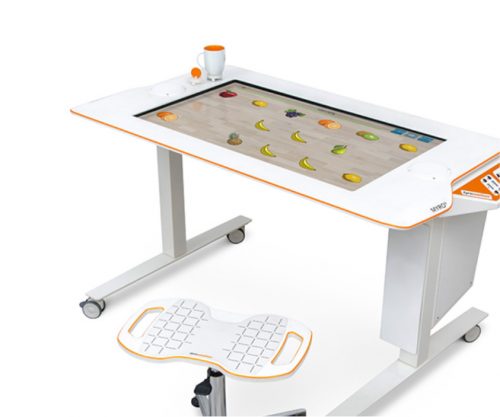 Myro Interactive and task-specific therapy
Myro Interactive and task-specific therapy
Myro is made for making humans get better! The sensor-based surface enables task-oriented rehabilitation with real objects, trains the patient’s cognitive abilities, and improves motor abilities of the upper extremity.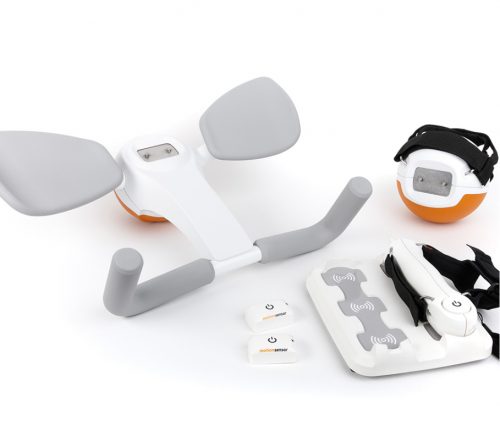 Pablo Upper Extremity Rehabilitation
Pablo Upper Extremity Rehabilitation
As a multifunctional rehabilitation device with comprehensive accessories, Pablo enhances classical therapy exercises with biofeedback, objective assessments, and gamification. It won´t train the next Picasso. But it will help patients to take back control of their lives.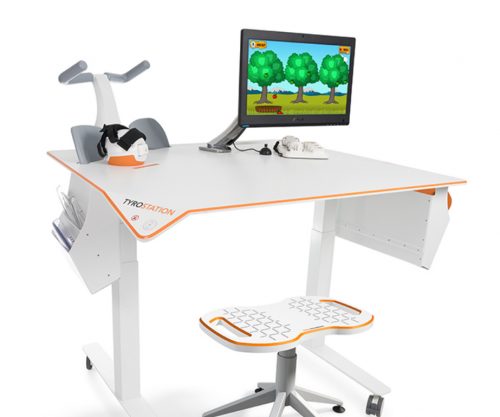 Tyrostation The perfect therapy setting
Tyrostation The perfect therapy setting
The Tyrostation is home to all components of Pablo and Tymo and provides ergonomic adaptability for patients. Sometimes, it´s about the little things in life – or therapy.
- Lower Extremity
 LexoGait and Locomotion
LexoGait and Locomotion
Lexo is a revolutionary gait trainer and impresses with fast setup, high patient activity and optimal trunk support. It encourages active participation and enables therapists to focus fully on their patients.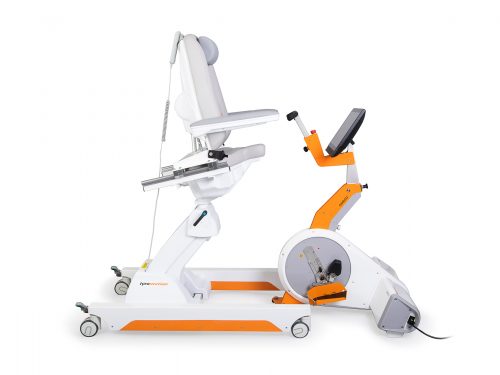 Omego Plus Gait training for the goals across all phases
Omego Plus Gait training for the goals across all phases
More than just a therapy bike! Omego Plus combines uni- and bilateral leg training, leg press, stepper, cycling & foot lift training in one device. Stride stronger with Omego Plus!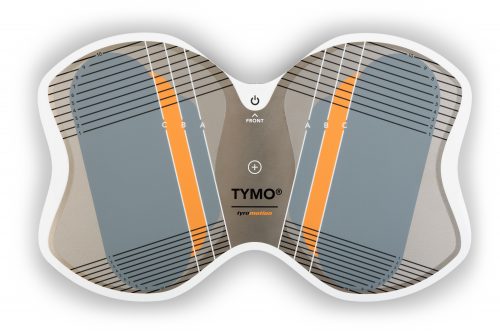 Tymo Balance training and postural control
Tymo Balance training and postural control
Small but powerful! Tymo is a versatile measurement and therapy system for the whole body. In addition to the standing position, Tymo offers a wide range of options for maximum variety during therapy.
- MTT-Line
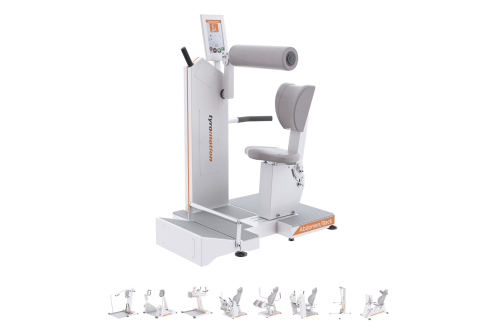 MTT-LineMedical training therapy
MTT-LineMedical training therapy
Get back in the game with the MTT-Line! The Medical Training Therapy devices are specifically designed to strengthen the six major muscle groups of the human body. Barrier free and maximum adjustability make the devices accessible for all types of patients.
- Software
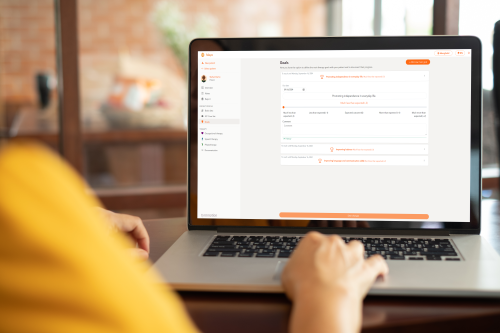 Maya Therapy Platform
Maya Therapy Platform
Maya reduces paperwork, standardizes documentation, and automates reporting, making administration effortless and efficient. Designed for therapists to work wonders!
- Upper Extremity
Health
Lonely after a stroke? Here is what you can do!
9. May 2022 ● 4 min. Reading time
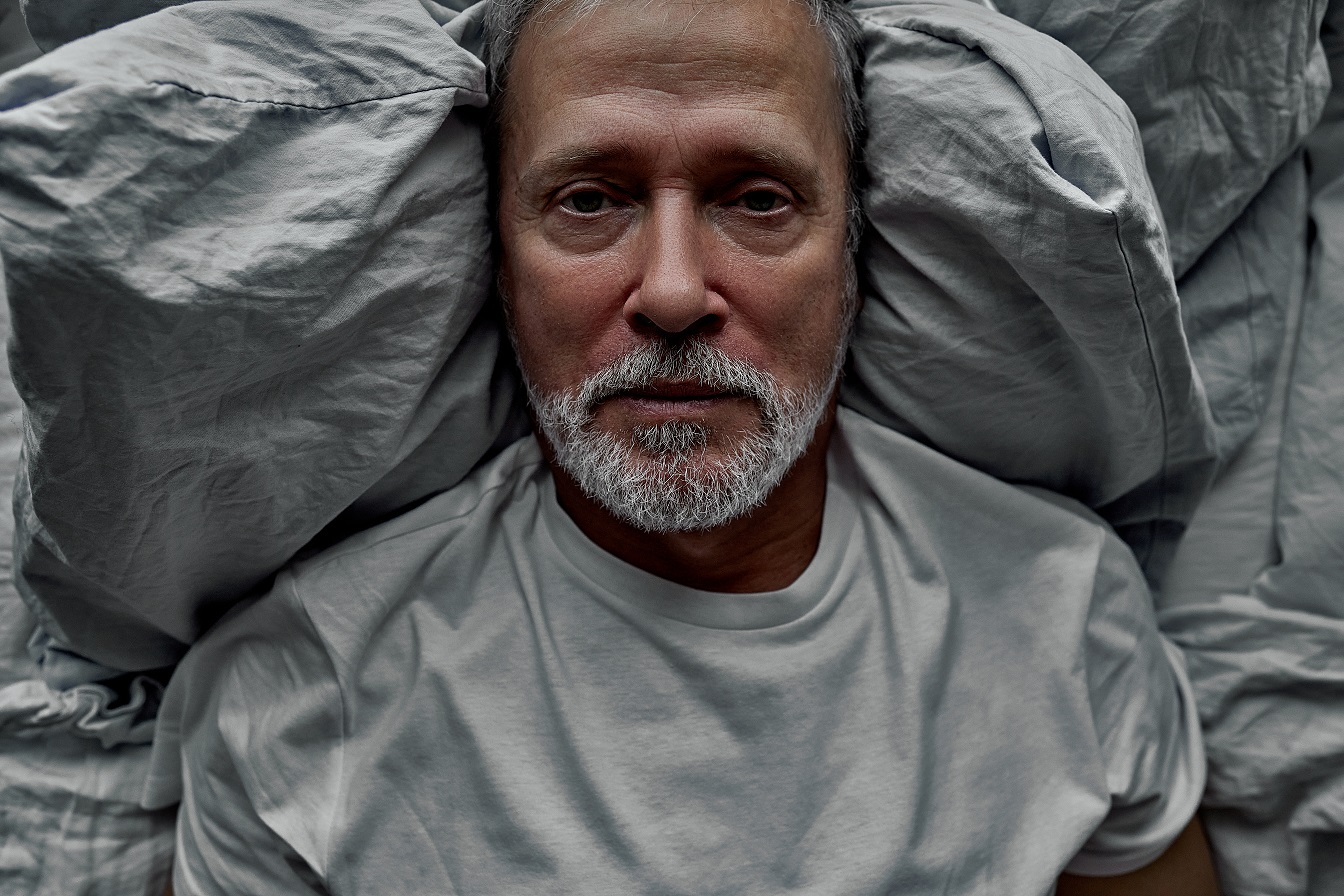
How loneliness affects health
Loneliness is roughly as harmful to health as smoking, obesity, or a lack of exercise. The World Health Organization named loneliness as an important public health concern of the 21st century.
Loneliness shortens the lives of older people, impairs mental and physical health, reduces quality of life, and has negative effects on the cardiovascular system.
Especially after a stroke or when living with a chronic disease, it is important to maintain social contacts in order to sustainably promote wellbeing.
7 things to do against loneliness after a stroke
1 – Look for a new hobby
Even with a physical or mental impairment, there are recreational activities that can be fun. What about painting, writing your own blog, or learning an instrument? In many places, there are also sports activities for people with disabilities, such as hand cycling, wheelchair tennis, and climbing. Engaging in physical activities has many positive effects on health and also helps people make new social contacts.
2 – Join a support group
In most big cities there are support groups on various themes. Some support groups offer support, networking, and exchange also online. There are also support groups specifically for loneliness.
3 – Renew old contacts
When did you last see your best friend from school days? A long time ago? Why not try to get in touch with them?
Other people may also have problems. Mutual exchange can be positive for both sides. If calling is too much of a hurdle, take a look on Social Media and find out if the person is registered. Social Media makes initial contact in a more subtle way possible.
4 – Use the internet
It is easy to find new contacts on the internet. For every disease or disability, there are forums and blogs where people communicate, support each other, and exchange tips. Google is the first place to look for.
5 – Engage in voluntary activities
There are many institutions or social groups that are happy to receive volunteers. Perhaps they need help with office activities, photography, or social media. Be proactive and ask!
6 – Get a pet
The feel-good hormone oxytocin is not only released when being touched by other people but also when cuddling a pet. When taking a dog for a walk, conversations with other dog owners come quite naturally. Also volunteering as a dog-walker for animal centers is possible.
7 – Treat yourself to a massage
Gentle touching is the cheapest and simplest method for strengthening wellbeing and reducing stress. Touch triggers the release of oxytocin, the so-called cuddle hormone.
High doses of oxytocin cause mothers to quickly forget the pain after giving birth.
Massages reduce feelings of anxiety, even after the treatment is over. Ask your partner or close relatives whether they have ever given a hand massage. It is quite normal for them to be astonished by this question. After a first hesitancy, most relatives are grateful for concrete instructions on how to help.
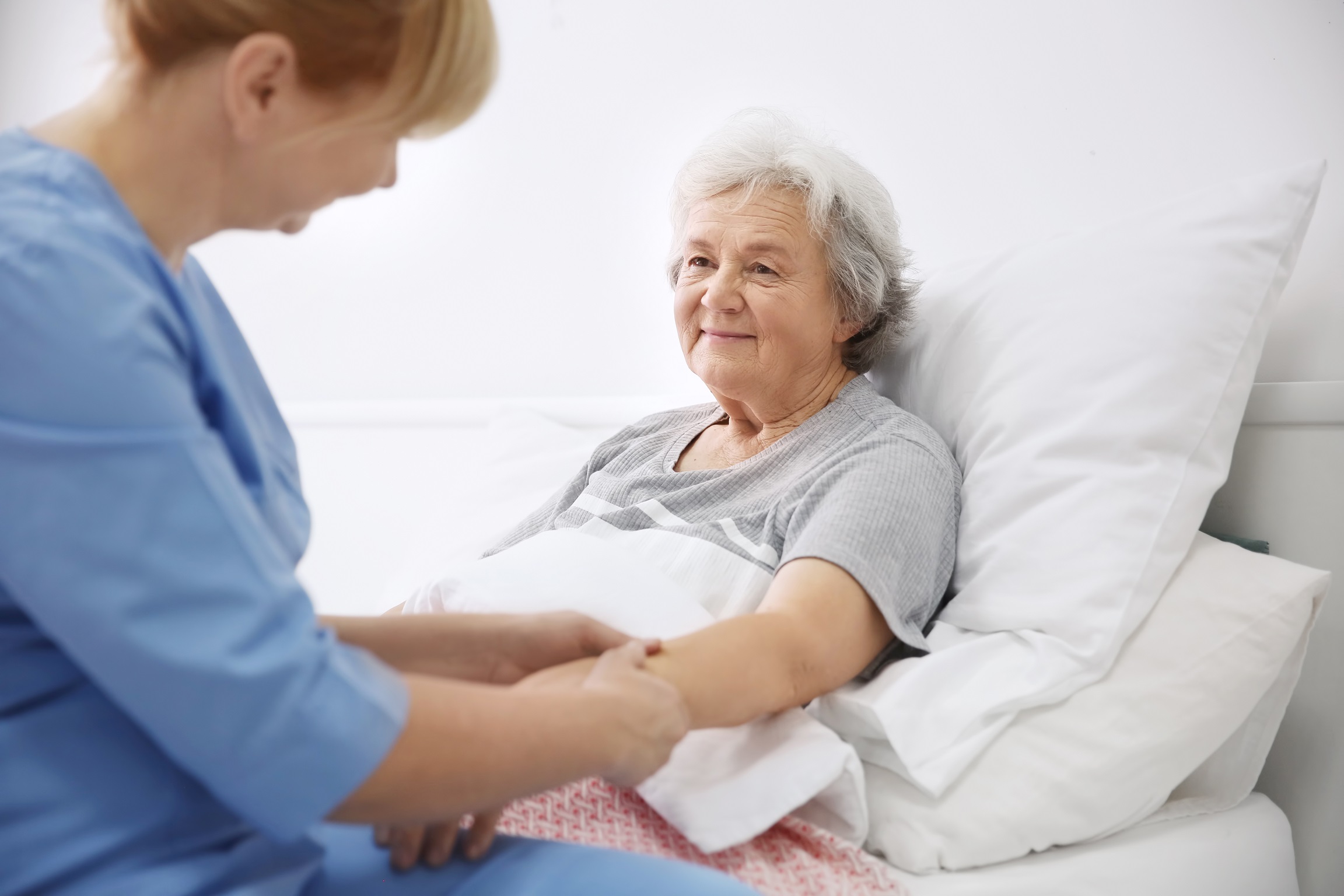
In the fight against loneliness it is necessary to be honest with yourself. Can I do something against loneliness on my own? Do I need professional support? Frank conversations with care personnel, family members or doctors can be a first step towards improvement.
Author: Michaela Partel
You might also be interested in
4. April 2023
Health
Rehabilitation
Stroke nutrition guidelines for optimal health
Nutrition as the key part in health and well-being of stroke survivors A healthy, balanced …
21. March 2023
Rehabilitation
Kinesio taping in neurology as a useful therapy supplement
The Kinesio tape and its usefulness in neurological therapy What was originally known only from …
7. March 2023
Rehabilitation
Exercises against freezing of gait in Parkinson’s disease
When the legs freeze – how does the symptom “Freezing of Gait” manifest itself? Parkinson’s …



 Contact
Contact 

 Contact
Contact 

